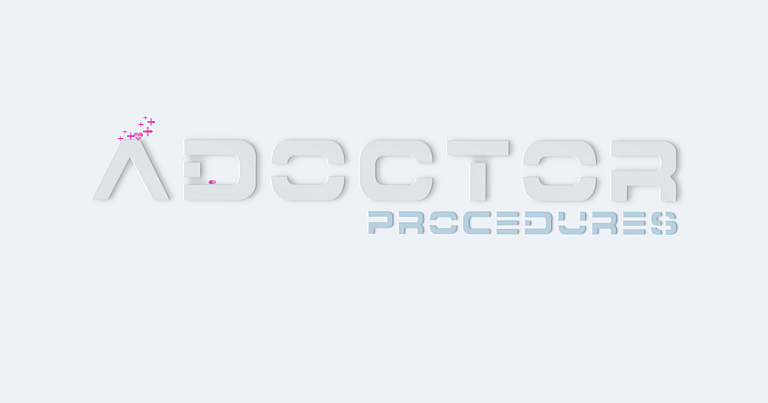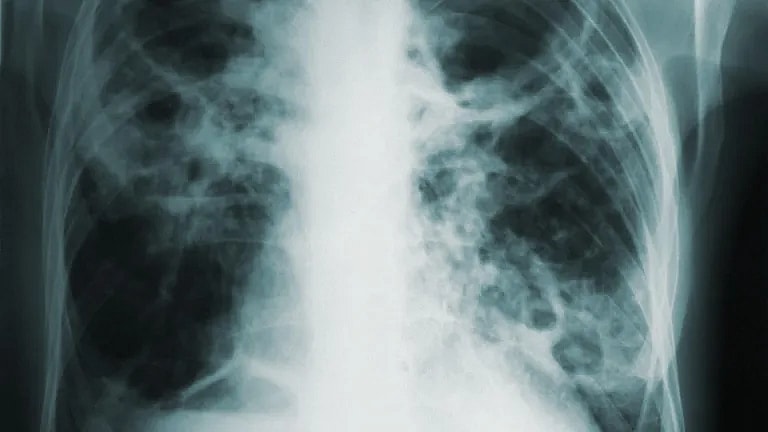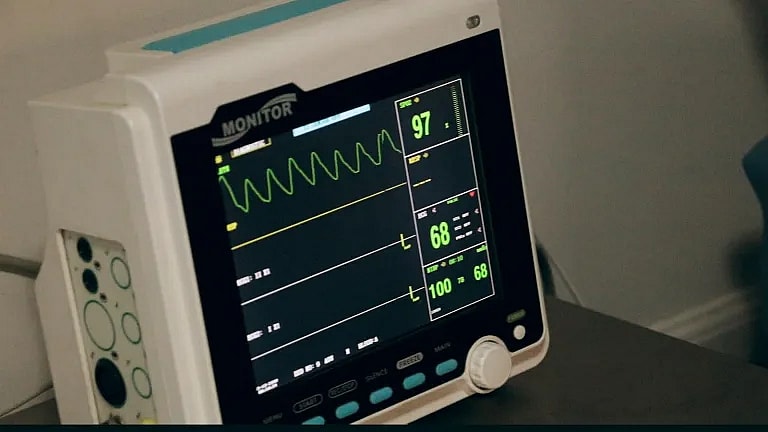What are Dental Braces? Overview, Expected Results, and Benefits
**Original Excerpt:**
```html
The latest version of our software includes several new features that will make your life easier.
```
**Engaging Rewrite:**
```html
Prepare to be amazed! Our software's latest update is packed with game-changing features that will transform your workflow.
```
Definition and Overview
The installation of braces refers to the process of attaching orthodontic or dental braces to the teeth through molding, fitting, and threading of metal wires and elastic bands. Depending on the condition of the teeth and jaw, more procedures such as surgery, may have to be performed to achieve the desired results.
Also referred to as dental cases, dental or orthodontic braces are oral appliances that are used to slowly move the teeth so they’ll be aligned and in the process, correct malocclusion problems.
Braces and retainers are often confused since they have the same basic function: to move the teeth into their ideal places. However, retainers are recommended when only minor teeth movements are needed (such as in the case of minor gaps in between teeth). They are also worn right after the braces have been removed to ensure that the teeth will remain in their corrected position.
There are many different types of braces. Traditional braces are consist of metal wires that are threaded to each bracket that are temporarily attached to the front of the teeth. These wires are very flexible; they can recoil and straighten themselves, forcing the teeth to move little by little throughout the course of treatment until the desired positions have been achieved. Lingual braces, meanwhile, are those that are placed inside the teeth so they are not visible.
Ceramic braces, on the other hand, combine metal and aligners that share the same shade as the teeth so they are not easily noticeable. One of the modern types is called clear aligners such as Invisalign, which are transparent.
Since the installation of braces could be a complex procedure, it is best performed by an orthodontist who has received more advanced training and education than a general dentist.
Who should undergo and expected results
Dental braces are highly recommended for people who have a healthy but misaligned set of teeth.
The main purpose of these orthodontic aligners is to promote movement of the teeth until they are aligned.
Biting and chewing are very important elements in the digestive process, which begins in the mouth. As the person bites and chews food, saliva mixes with it, helping break down its components to starch and fat. Chewing and biting also stimulate the production of gastric juices in the stomach, which then completely breaks down the food. Proper biting and chewing therefore ensure the food is digested properly. It also prevents the buildup of gas in the intestine, which happens when food is not completely broken down.
One of the reasons for poor bites and chewing is the misalignment of the teeth, called malocclusion, this means the upper and lower teeth are not properly aligned. These problems range from small to significant gaps in between teeth to cases wherein some teeth are more inward or outward. To correct the problem, braces are then used.
Braces are also sought for by patients for cosmetic reasons. People who have gapped or crooked teeth can restore their beautiful smile through dental braces.
Depending on the type of braces that you opt to get, the installation process can be tedious, time-consuming, and uncomfortable. It usually takes about an hour or two to complete, especially if traditional brackets and wires are to be used.
Braces do not immediately produce the expected results. Depending on the severity of the problem, the treatment can last anywhere between six months to three years. Patients are typically instructed to make regular follow-ups, which is usually every three weeks or on a monthly basis for the adjustments of the braces as well as monitoring.
How the procedure works
Before an orthodontist recommends braces or any type of aligner, he performs some tests including X-rays to clearly see the general condition of the teeth, especially the alignment. The X-ray can also determine if there are underlying dental conditions that have to be treated first before the installation is initiated. The shape of the jaw will also be analyzed and taken into consideration. If necessary, tooth extraction is performed to free up some space, allowing a better and smoother movement of the teeth. A patient may also undergo jaw surgery to correct facial structure.
In general, the installation begins with moulding. The orthodontist obtains an impression of the teeth, which is used as the basis in creating the braces, as well as in formulating the complete treatment plan. For clear aligners, all tests will be sent to a private lab, which creates a 3D view of the teeth’s movements during the course of the treatment. The dentist then approves the images, and the lab makes the aligners.
Once the braces are done, they are ready for installation. The wires are designed to respond to the patient’s natural body heat. The complexity of the procedure lies on the threading of the wires. It is essential that they be threaded properly since their movements largely determine the success of the procedure. Elastic bands are also typically used to keep the wires steady. A special dental glue is then used to ensure that the braces stay still.
Possible risks and complications
Complications are rare in orthodontics due to stricter professional regulations and advances in technology. Moreover, they can be prevented as regular visits to the dentist and orthodontist are part of the treatment plan. Through this, any signs of possible risks and complications are caught early. Orthodontists will also evaluate the conditions of the teeth, gums, and mouth before they recommend braces.
Nevertheless, issues can still happen. These include the breaking down of the structure of the roots, a process known as root resorption. Some people also develop allergic reactions to the metal wires, which may lead to tenderness or inflammation of the gums. The patient may also develop rashes around the mouth. Certain procedures can lead to the recession or loss of gum tissues, exposing the roots of the teeth in the process. This may become a haven for bacterial growth. For this reason, it is crucial to work only with experienced, licensed orthodontists with years of experience and proven track record. It’s also important to follow their instructions to lessen the possibilities of complications from developing.
References:
- American Dental Association
- Kidshealth.org
/trp_language]
[trp_language language=”ar”][wp_show_posts id=””][/trp_language]
[trp_language language=”fr_FR”][wp_show_posts id=””][/trp_language]
**What are Dental Braces? Overview, Expected Results, and Benefits**
**What are Dental Braces?**
Dental braces are orthodontic appliances used to correct misaligned or crooked teeth. They consist of metal, ceramic, or plastic brackets attached to each tooth and connected by wires. Braces exert gentle pressure on the teeth, gradually moving them to their desired positions.
**Overview:**
* **Types:** Metal, ceramic, lingual (behind the teeth), clear aligners
* **Purpose:** Correct malocclusions (bite problems), improve alignment, enhance aesthetics
* **Duration:** Treatment time varies depending on the severity of the case, usually 12-36 months
* **Maintenance:** Regular checkups and adjustments are necessary throughout treatment
**Expected Results:**
* **Straight teeth:** Braces can align crooked or overlapping teeth, giving you a straighter smile.
* **Improved bite:** They can correct bite problems such as overbites, underbites, and crossbites.
* **Enhanced aesthetics:** Braces can significantly improve the appearance of your smile, boosting self-confidence.
**Benefits:**
* **Health:** Braces can prevent gum disease, tooth decay, and jaw problems.
* **Function:** Properly aligned teeth improve chewing, speech, and breathing.
* **Aesthetics:** Straighter teeth can enhance your overall appearance and self-esteem.
* **Long-term savings:** Braces can prevent future dental work that may be more costly.
**Additional Information:**
* **Consultation:** Before treatment, visit an orthodontist for a consultation to determine the best type of braces for you.
* **Pain:** Braces can cause some initial discomfort, but this usually subsides within a few days.
* **Diet:** Certain foods, such as hard candies and sticky sweets, should be avoided during treatment to prevent damage to the braces.
* **Oral hygiene:** Regular brushing and flossing are essential to maintain healthy teeth and gums during treatment.
**Conclusion:**
Dental braces are effective orthodontic appliances that can significantly improve the alignment and appearance of your teeth. They offer numerous benefits for both your health and aesthetics. With regular checkups and proper maintenance, braces can help you achieve a straighter, healthier, and more confident smile.








/** Dental Braces: A Comprehensive Examination of their Function, Expected Success, and Potential Advantages */
/** What are Dental Braces? An Extensive Investigation into Their Purpose, Anticipated Outcomes, and Potential Perks */